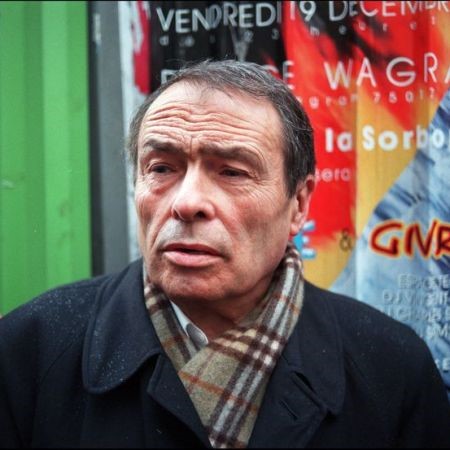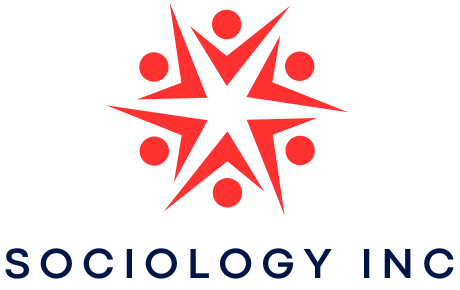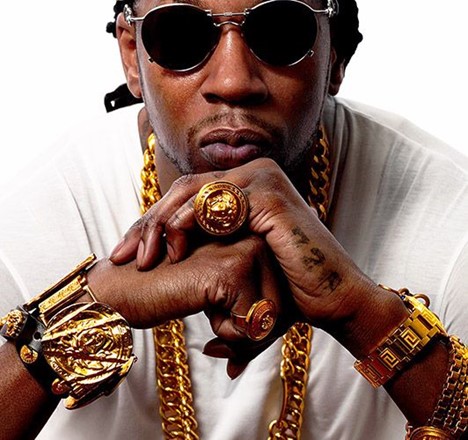Growing up in a family that transitioned from working-class to middle-class, the intersection of race and social class has been a central aspect of my life. The ways in which race and social class intersect are complex, nuanced, and shaped by a multitude of factors. In this article, we will explore the dynamics of this intersection and its impact on individuals and society at large.
Race and social class are both social constructs that have a significant impact on people’s life experiences. Race refers to a set of physical characteristics that are used to categorize people into groups based on perceived biological differences. Social class, on the other hand, refers to a person’s economic status, which is determined by factors such as income, occupation, and education level.
In many cases, race and social class intersect to create unique experiences for individuals. For example, as a Black man, I have experienced racial discrimination and prejudice, which has impacted my educational and professional opportunities. However, my social class background has also played a role in shaping my experiences. For instance, I had access to some resources and opportunities that were not available to other people from lower-income backgrounds.
One important way in which race and social class intersect is through the concept of intersectionality. Intersectionality refers to the idea that people experience multiple forms of oppression simultaneously, and that these forms of oppression are interconnected and cannot be separated from one another. For example, a Black woman may face discrimination based on both her race and gender, and these forms of discrimination cannot be separated from one another.

Both race and social class can have a significant impact on a person’s life chances. People from marginalized racial and social class backgrounds may face multiple barriers to success, including lack of access to quality education, limited job opportunities, and systemic discrimination. These barriers can make it difficult for people to achieve upward social mobility and can perpetuate cycles of poverty and inequality.
Sociological Theory
Sociological theories can help us better understand the intersection of race and social class. For example, conflict theory suggests that social inequality is the result of conflicts between different social groups. In the case of race and social class, this theory suggests that the dominant social class (in this case, wealthy and white) uses their power and resources to maintain their position at the top of the social hierarchy, while marginalized racial and social class groups struggle to gain access to resources and opportunities.
Another sociological theory that can help us understand the intersection of race and social class is symbolic interactionism. This theory suggests that individuals actively construct their reality through social interactions and the meanings they attach to symbols and objects. In the case of race and social class, this theory suggests that individuals’ experiences and perceptions of their social class and racial identity are shaped by their interactions with others and the meanings that society assigns to these categories.
Agents of socialization also play a significant role in shaping the intersection of race and social class. Agents of socialization are the institutions and individuals that teach us about the norms, values, and beliefs of our society. These agents can include family, peers, media, and educational institutions.
For example, family can play a role in shaping a person’s social class background by passing down economic resources and values. Peers can also influence a person’s perception of their social class, as they may compare themselves to others and feel pressure to conform to certain social norms. Media can perpetuate stereotypes and biases about race and social class, which can impact how individuals perceive themselves and others. Educational institutions can perpetuate inequalities by providing different opportunities and resources to students based on their race and social class background.
Bourdieu’s Capital Theory
Bourdieu’s capital theory, which I used as the basis for my dissertation on political culture, also provides a useful framework for understanding the intersection of race and social class. According to Bourdieu, capital can be understood as resources that can be used to gain power and status in society. These resources include economic capital (wealth), cultural capital (education and cultural knowledge), and social capital (networks and connections).

Individuals with higher levels of economic, cultural, and social capital are able to navigate society more easily and have greater access to opportunities and resources. However, individuals from marginalized racial and socioeconomic groups often lack these forms of capital, which can result in significant disadvantages.
For example, those from lower socioeconomic backgrounds may not have the financial resources to attend prestigious universities, which can limit their access to high-paying jobs and influential social networks. Similarly, individuals from marginalized racial groups may lack the cultural capital necessary to navigate predominantly white social spaces, which can limit their access to opportunities and reinforce social segregation.
Furthermore, Bourdieu’s theory also highlights how different forms of capital intersect and reinforce one another. For instance, individuals who possess high levels of cultural capital may be better able to navigate prestigious academic and professional networks, which can lead to increased social and economic capital. On the other hand, those without cultural capital may struggle to gain access to these networks and may face significant barriers in terms of social and economic mobility.
In the context of race and social class, this intersectionality of different forms of capital can be particularly important. For example, individuals from wealthy backgrounds may have greater access to cultural and social capital, which can help them navigate predominantly white social spaces and gain access to prestigious educational and professional networks. However, if they are also members of a marginalized racial group, they may still face significant barriers due to systemic racism and discrimination.
Overall, Bourdieu’s capital theory provides a valuable lens through which to understand the intersection of race and social class. By highlighting the various forms of capital and their interactions, we can gain a better understanding of the complex ways in which social inequality is perpetuated and maintained.
In conclusion, the intersection of race and social class is a complex and multifaceted phenomenon that has a significant impact on individuals and society at large. Through sociology, we can examine the complex intersectionality of race and social class and understand how these factors shape our experiences, opportunities, and social mobility. By acknowledging and addressing the ways in which race and social class intersect, we can work towards creating a more just and equitable society for all. I understand firsthand the ways in which these identities intersect and influence one’s experiences. It is crucial for us to continue the conversation and work towards dismantling the structures that perpetuate inequality and injustice for marginalized communities. Together, we can create a more equitable and inclusive society where race and social class are no longer predictors of one’s life outcomes.

